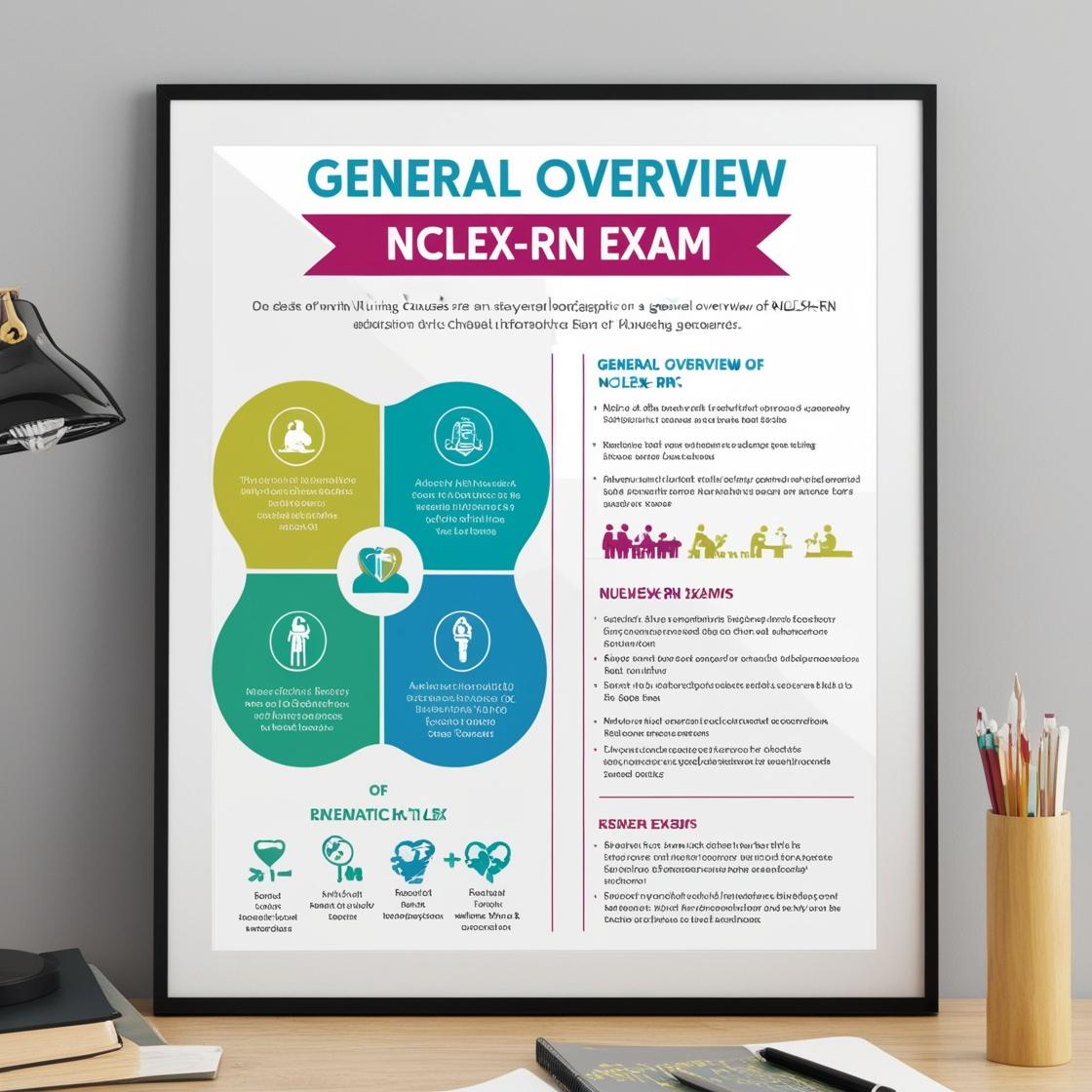NCLEX-RN
Psychosocial Integrity NCLEX Questions Quizlet
1. Which of the following is an example of an opioid?
- A. Mescaline
- B. Diazepam
- C. Phenobarbital
- D. Methadone
Correct answer: D
Rationale: Opioids are a type of drug classified as narcotics. Nurses working with clients with substance abuse issues often encounter opioids. Opioids have the potential for addiction. Examples of opioids include methadone, codeine, morphine, and hydromorphone. Mescaline (Choice A) is a hallucinogen, not an opioid. Diazepam (Choice B) is a benzodiazepine used to treat anxiety and other conditions, not an opioid. Phenobarbital (Choice C) is a barbiturate used to treat seizures and insomnia, not an opioid.
2. Before assessing a new patient, a nurse is told by another healthcare worker, "I know that patient. No matter how hard we work, there isn't much improvement by the time of discharge."? The nurse's responsibility is to:
- A. document the other worker's assessment of the patient.
- B. assess the patient based on data collected from all sources.
- C. validate the worker's impression by contacting the patient's significant other.
- D. discuss the worker's impression with the patient during the assessment interview
Correct answer: B
Rationale: The correct answer is to assess the patient based on data collected from all sources. It is important for the nurse to gather information from various sources to form an objective assessment. Biased assessments by others should be evaluated as objectively as possible by the nurse, considering the potential impact of counter-transference. Documenting the other worker's assessment (Choice A) may be necessary for thorough documentation but should not influence the nurse's independent assessment. Validating the worker's impression by contacting the patient's significant other (Choice C) may not provide an accurate representation of the patient's condition. Discussing the worker's impression with the patient during the assessment interview (Choice D) can introduce bias and may not lead to an objective evaluation.
3. Which instruction is most important for the nurse to include when teaching a client with limited mobility strategies to prevent venous thrombosis?
- A. Perform cough and deep breathing exercises hourly.
- B. Turn from side to side in bed at least every 2 hours.
- C. Dorsiflex and plantarflex the feet 10 times each hour
- D. Drink approximately 4 ounces of water every hour
Correct answer: C
Rationale: To reduce the risk of venous thrombosis, the nurse should instruct the client to perform dorsiflexion and plantar flexion exercises regularly. These exercises help promote venous return and prevent venous thrombus formation. Options A, B, and D are beneficial in managing other complications of immobility, such as atelectasis and pressure ulcers, but they are less effective in preventing venous thrombosis compared to dorsiflexion and plantar flexion exercises.
4. A client is discussing his personal feelings of self-esteem and self-concept with a nurse. Which of the following questions is most appropriate for assessing the client's personal identity?
- A. What is your educational background?
- B. Are your parents still living?
- C. What do you like about your life right now?
- D. Where do you see yourself in 10 years?
Correct answer: C
Rationale: When assessing a client's personal identity, it is essential for the nurse to inquire about aspects related to the client's self-perception and self-worth. Asking about what the client likes about his current life helps to explore his positive self-perceptions and areas of contentment. This question encourages the client to reflect on his present circumstances and identify aspects that contribute to his sense of personal identity. Choices A, B, and D are not as relevant for assessing personal identity as they focus on educational background, parental status, and future aspirations, respectively, rather than directly addressing the client's current self-perception and identity.
5. Ten minutes after signing an operative permit for a fractured hip, an older client states, 'The aliens will be coming to get me soon!' and falls asleep. Which action should the nurse implement next?
- A. Make the client comfortable and allow the client to sleep.
- B. Assess the client's neurologic status.
- C. Notify the surgeon about the comment.
- D. Ask the client's family to co-sign the operative permit.
Correct answer: B
Rationale: The client's statement about aliens coming to get them could indicate confusion, which raises concerns about their neurologic status. Since informed consent for surgery requires the client to be mentally competent, the nurse should assess the client's neurologic status to ensure they understand and can legally provide consent. Option A of making the client comfortable and letting them sleep does not address the potential neurologic issue. If the nurse finds the client to be confused, it is essential to inform the surgeon and seek permission from the next of kin if necessary. Therefore, assessing the client's neurologic status is the priority to ensure the client's ability to consent to the surgery.
Similar Questions

Access More Features
NCLEX RN Basic
$69.99/ 30 days
- 5,000 Questions with answers
- Comprehensive NCLEX coverage
- 30 days access @ $69.99
NCLEX RN Premium
$149.99/ 90 days
- 5,000 Questions with answers
- Comprehensive NCLEX coverage
- 30 days access @ $149.99
